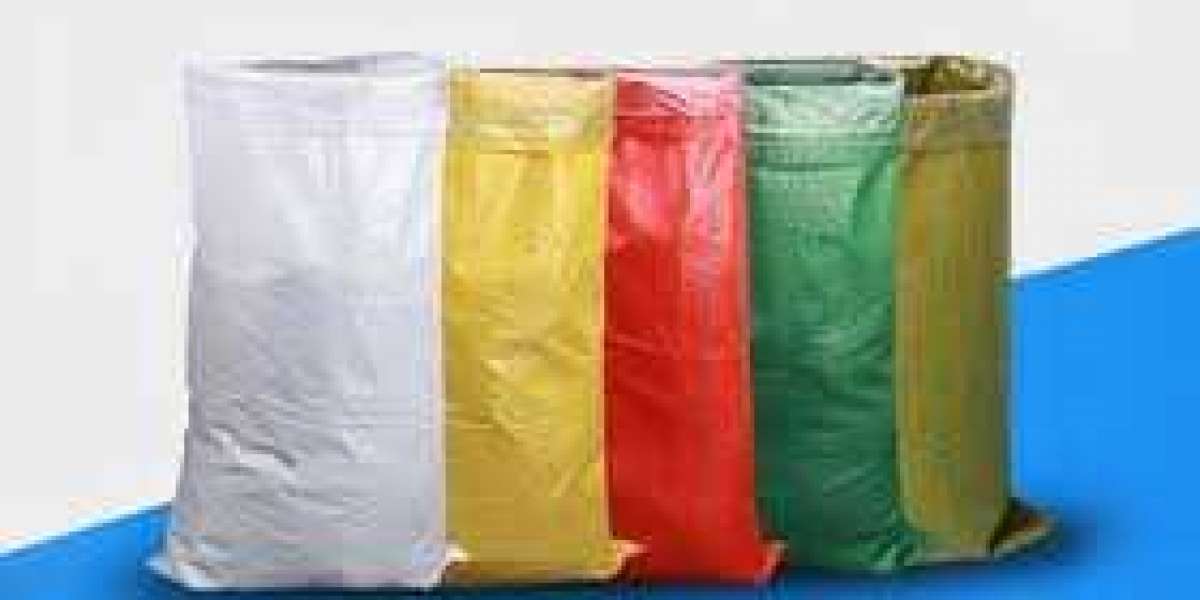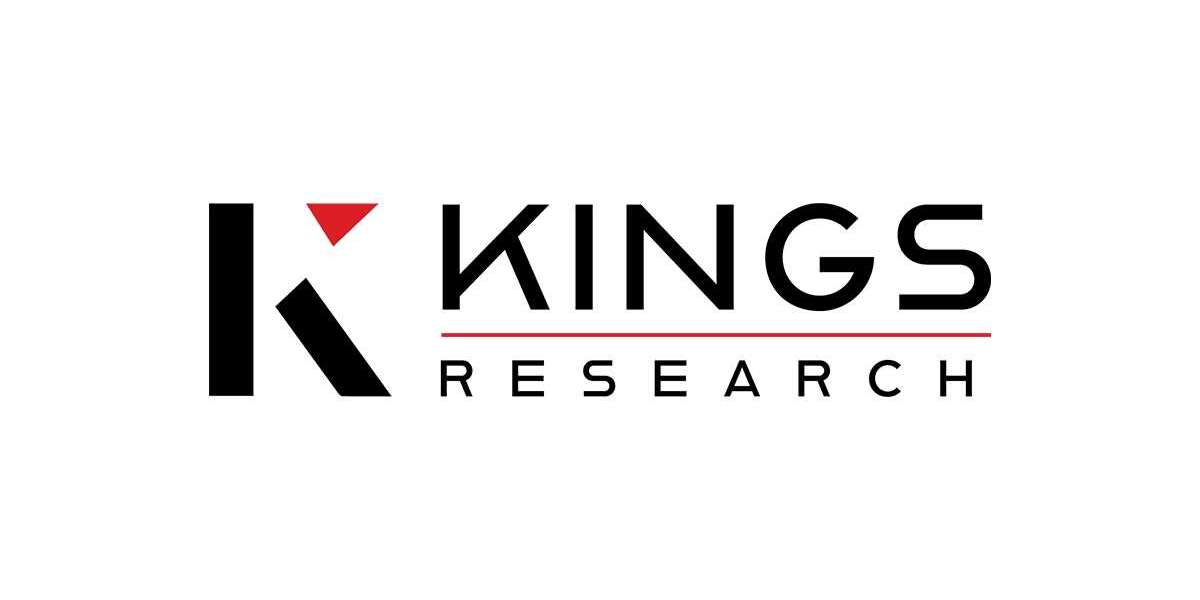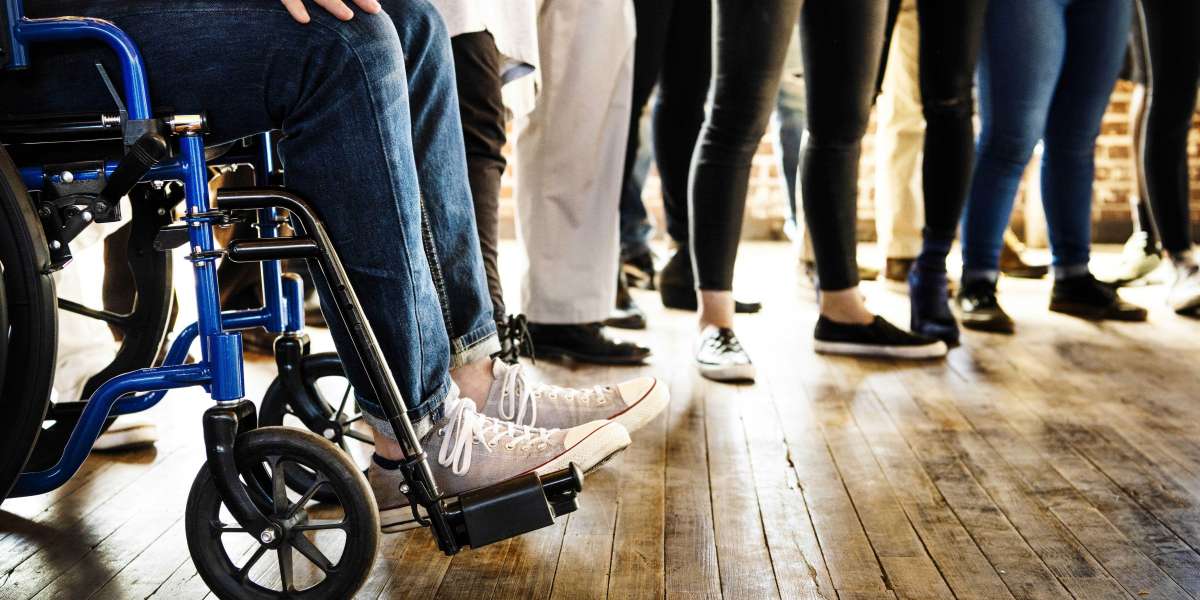In today's fast-paced world, polypropylene (PP) bags play a crucial role in packaging industries across various sectors. From agricultural products to industrial materials, these bags offer durability, cost-effectiveness, and eco-friendliness. As a leading PP bag manufacturer in India Sudarshan Add Pack ensures top-quality production through a well-defined process. But how exactly are PP bags made? Let’s dive into the detailed manufacturing process of PP bags, from raw material to the final product.
1. Raw Material Selection
1.1 What is Polypropylene?
Polypropylene (PP) is a thermoplastic polymer known for its excellent chemical resistance, strength, and flexibility. It serves as the primary raw material in PP bag manufacturing.
1.2 Sourcing of Raw Materials
PP resins are sourced from petrochemical plants and processed into small granules or pellets that are further used in extrusion and weaving.
2. Extrusion Process
2.1 Melting the Polypropylene Granules
The PP granules are fed into an extruder machine, where they are heated to high temperatures (around 200-250°C) to form a molten polymer.
2.2 Formation of PP Tapes
The molten polymer is then passed through a die to form thin plastic tapes, which are stretched and cooled to enhance strength and flexibility.
3. Weaving Process
3.1 Converting Tapes into Fabric
The PP tapes are fed into circular or flat looms that weave them into a strong fabric, forming the base material for the bags.
3.2 Strength and Durability Enhancement
The woven fabric undergoes tension adjustments to improve strength and reduce breakage risk.
4. Lamination Process (Optional)
4.1 Purpose of Lamination
Lamination is an optional step where an additional layer of plastic film is applied to make the bags waterproof and more durable.
4.2 Types of Lamination
- Glossy Lamination: Enhances the aesthetic appeal.
- Matte Lamination: Reduces glare and gives a premium finish.
5. Printing Process
5.1 Custom Branding and Labeling
PP bags are often customized with company logos, product details, and safety instructions using flexographic or rotogravure printing techniques.
5.2 Eco-Friendly Printing Methods
Sudarshan Add Pack uses non-toxic, water-based inks to ensure sustainability and compliance with environmental standards.
6. Cutting and Stitching
6.1 Cutting to Desired Size
The woven fabric is cut into required sizes based on customer specifications.
6.2 Stitching for Strength
High-speed sewing machines stitch the cut fabric together, reinforcing the edges for enhanced durability.
7. Quality Control and Testing
7.1 Strength and Load Testing
Each batch undergoes rigorous tensile and weight-bearing tests to ensure durability and reliability.
7.2 Moisture and UV Resistance Testing
PP bags are tested for moisture protection and UV resistance, especially for agricultural and industrial applications.
8. Packaging and Dispatch
8.1 Bundling and Packing
The finished PP bags are stacked, bundled, and packed securely for easy transportation.
8.2 Delivery to Customers
The packed bags are then shipped to distributors, wholesalers, or direct customers across India and internationally.







